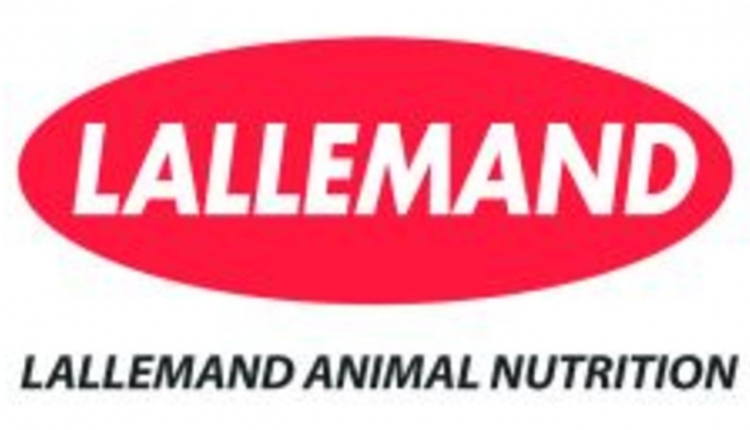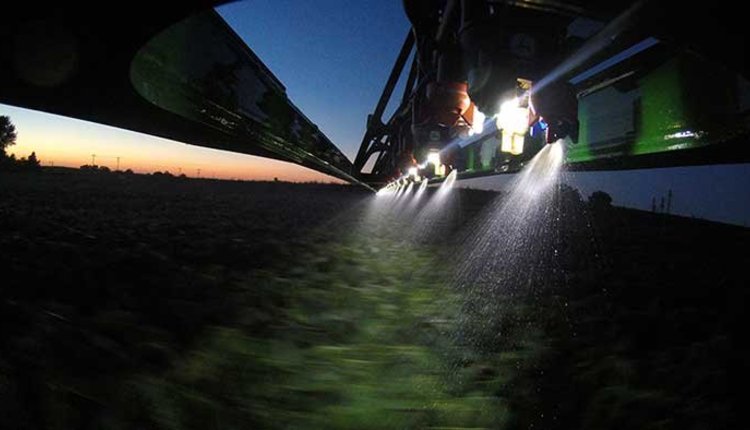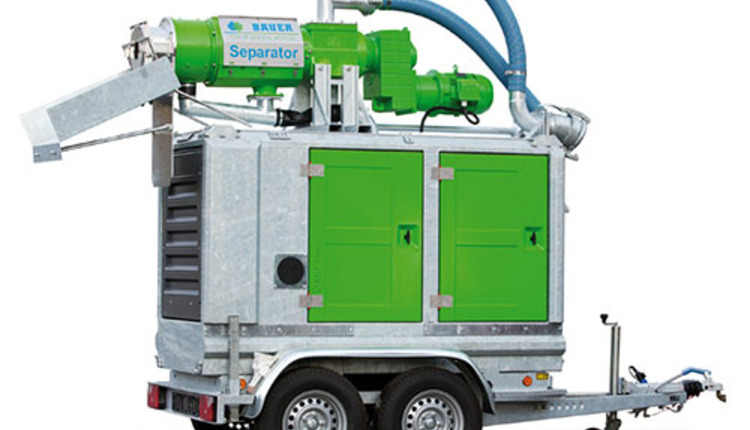Silage variation may be to blame when spring brings Sub Acute Ruminal Acidosis (SARA)
 In spring, it's common for dairies to see variable feed intake, loose manure, lower butterfat tests and higher numbers of butterfat inversions.1 The potential cause may be variable starch digestibility of corn silage or high-moisture shell corn (HMSC). Changes in the ration are needed to account for this variability - otherwise, herds are at risk for Sub Acute Ruminal Acidosis (SARA).
In spring, it's common for dairies to see variable feed intake, loose manure, lower butterfat tests and higher numbers of butterfat inversions.1 The potential cause may be variable starch digestibility of corn silage or high-moisture shell corn (HMSC). Changes in the ration are needed to account for this variability - otherwise, herds are at risk for Sub Acute Ruminal Acidosis (SARA)."SARA is an important problem to consider any time of year," says Anthony Hall, MSc MSB, PAS, Technical Services, Ruminant, with Lallemand Animal Nutrition. "The period when the cow's rumen pH is below 5.8 for more than three hours at a time is known as SARA.1 When SARA occurs, the rumen isn't optimized to make the best use of any ration, no matter how carefully formulated it may be."
Any herd that uses corn silage or HMSC can experience these seasonal swings in production. After the first stages of ensiling, the fermentation process continues to break down starch-protein structures. This process continues for many months3, which increases the amount of starch available to cows - as well as the rate of digestion.4,5
Producers can avoid spring SARA by:
- Monitoring dry matter (DM) content in ensiled forages, moist grains and moist feedstuffs every week
- Testing for total starch content, starch digestibility and the starch degradation rate on ensiled corn silage and HMSC every month
- Monitoring neutral detergent fiber (NDF) and physically effective-NDF content of the TMR
- Ensuring particle size distribution of the TMR is as expected
- Making sure total oil and polyunsaturated fatty acid contents in the TMR are not excessive
- Checking the salt and buffer content are sufficient within the TMR and dietary cation-anion difference value is adequately positive
- Ensuring the TMR is dispersed evenly along the feed bunk and regularly pushed up
- Watching fecal consistency and texture, rumination rates and milk component inversions
- Including a rumen-specific active dry yeast probiotic
One active dry yeast probiotic - Saccharomyces cerevisiae CNCM I-1077 - has been shown to help maximize rumen function in all life stages of dairy cattle. Research shows cows fed an active dry yeast specifically selected to maximize rumen function spend significantly more time above the SARA threshold6 and even produce 2.1 pounds more per day of 3.5% fat corrected milk (FCM) per cow per day.7
"Helping dairy cattle maintain a more consistent rumen pH can optimize rumen function - avoiding SARA and making the best use of any ration," Hall says. "No matter what the season, all herds can benefit from better rumen efficiency and greater productivity."
Lallemand Animal Nutrition is committed to optimizing animal performance and well-being with specific natural microbial product and service solutions. Using sound science, proven results and knowledge, Lallemand Animal Nutrition develops, manufactures and markets high value yeast and bacteria products ? including probiotics, silage inoculants and yeast derivatives. Lallemand offers a higher level of expertise, leadership and industry commitment with long-term and profitable solutions to move our partners Forward. Lallemand Animal Nutrition is Specific for your success. For more information, please visit www.lallemandanimalnutrition.com.
3.10.2016








